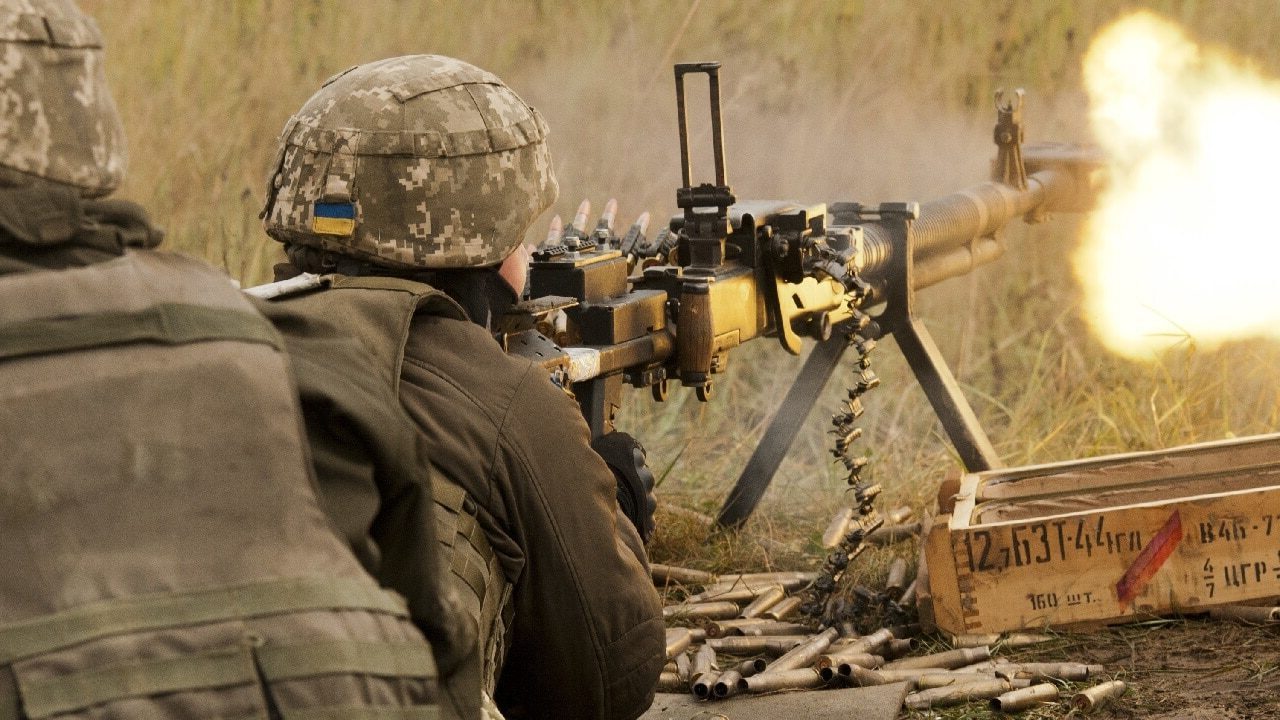Russian and Ukrainian forces are operating on entirely different economies of information. Russia’s apparent inability to compete with Ukraine in this sphere may make its failures even more catastrophic.
By “information economy,” we refer not simply to the techniques and technologies for the collection of intelligence, but also to how information moves vertically and horizontally through a military organization. How does command transfer information to subordinates? How do tactical units feed intelligence back to command? Finally, how do units at the same level of the hierarchy transfer information to one another?
Over history, there is wide variation in all of these aspects of information exchange. In some armies the vertical exchange of information is so bad that junior officers will not communicate bad news to their superiors out of fear of reprisal; this makes it impossible for an army to react in an agile fashion to developing opportunities and risks.
In some armies, the horizontal exchange of information is excellent and allows units and officers at the same level to exchange information and ideas about what tactics and procedures might work best, as well as to supply actionable intelligence in a timely manner.
In other armies, different units are either too afraid of one another to communicate or are actively hostile to their comrades in arms. Indeed, efforts to “coup proof” national leadership sometimes makes it difficult or impossible for senior officers to exchange information, necessarily to the detriment of military effectiveness.
But that’s just how information moves. Obviously, it’s also important how information is collected. US and NATO intel collection systems are, to put it bluntly, considerably more advanced than their Russian counterparts. It is hardly unthinkable that NATO could be developing a clearer vision of the war than the Russian military, especially given conflicting reports about Russian morale and what we might call the information economy of the Russian forces. The United States can intercept, collate, and then release entire conversations between tactical Russian units under attack, very possibly giving readers of the New York Times website a better sense of the tactical realities in Ukraine than the senior commanders of the Russian army.
Reports conflict over the extent to which the US is supporting Ukrainian forces with direct intelligence. One report from earlier in the conflict suggested that the US was offering strategic level intelligence but refraining from transferring tactical data. This appears on the one hand to represent a kind of “red line” that the US believes would be escalatory to cross, and on the other hand to be a responsible policy given the danger to sources and the bottlenecks in Ukraine’s own information economy.
This also means that the United States has something in its back pocket in case Russia escalates, or in case a prime opportunity develops to help the Ukrainians. Real-time data could provide Ukrainian forces the key to opening an offensive against poorly prepared Russian defensive positions, for example, or could give long-range artillery some particularly juicy targets. The flow of data would become more effective as Ukrainian forces accommodate themselves to the information flow, ensuring that receivers pass data along to shooters in a rapid and tactically relevant way.
We do not yet have a firm grip on the Russian information economy, but there are worrying signs. Historically Russian armies have not been terrible in the vertical transfer of information, despite the presence of cranky authoritarian leaders and political officers. But in Ukraine, the technologies of communication (radios, walkie-talkies, encrypted phones) seem to be scarce and do not work well with one another. This makes both vertical and horizontal communication difficult. When Russian phones do work, they are easily accessible by the Ukrainians, giving Ukraine a clear window into Russian military decision-making.
The ridiculous number of Russian generals to die in combat thus far also suggests that there are serious vertical communications problems, with senior officers either struggling to get orders down the chain or receive information up the chain.
Finally, it does seem that information is not flowing well at senior levels. Putin appears to be dependent on a small and shrinking circle of loyalists, making it possible that he does not possess a firm grasp of the realities on the battlefield. In some regimes, this would not be a problem (no one seems to think that President Zelenskyy has significant input into tactical or operational decision-making) but in a regime increasingly characterized by the centralization of decision-making, a weak information economy can pose a real problem.
Ukraine and its friends appear to be winning the intelligence war, or at least Russia appears to be losing it badly. There’s still time for Russia to repair its information economy, but the dreadful losses that Russian forces in the field are suffering indicate that Russia needs to clean up its game fast.
Now a 1945 Contributing Editor, Dr. Robert Farley is a Senior Lecturer at the Patterson School at the University of Kentucky. Dr. Farley is the author of Grounded: The Case for Abolishing the United States Air Force (University Press of Kentucky, 2014), the Battleship Book (Wildside, 2016), and Patents for Power: Intellectual Property Law and the Diffusion of Military Technology (University of Chicago, 2020).

